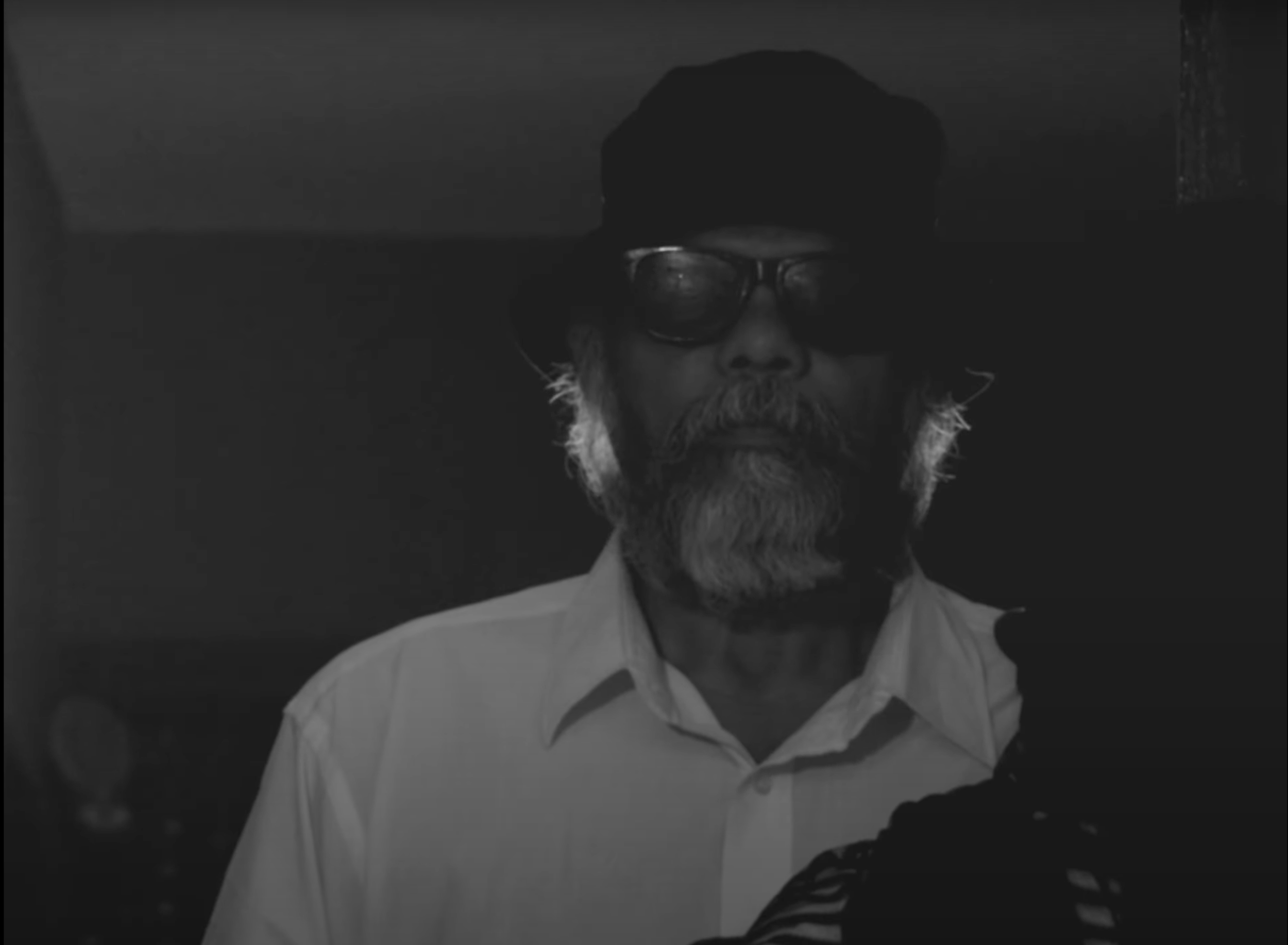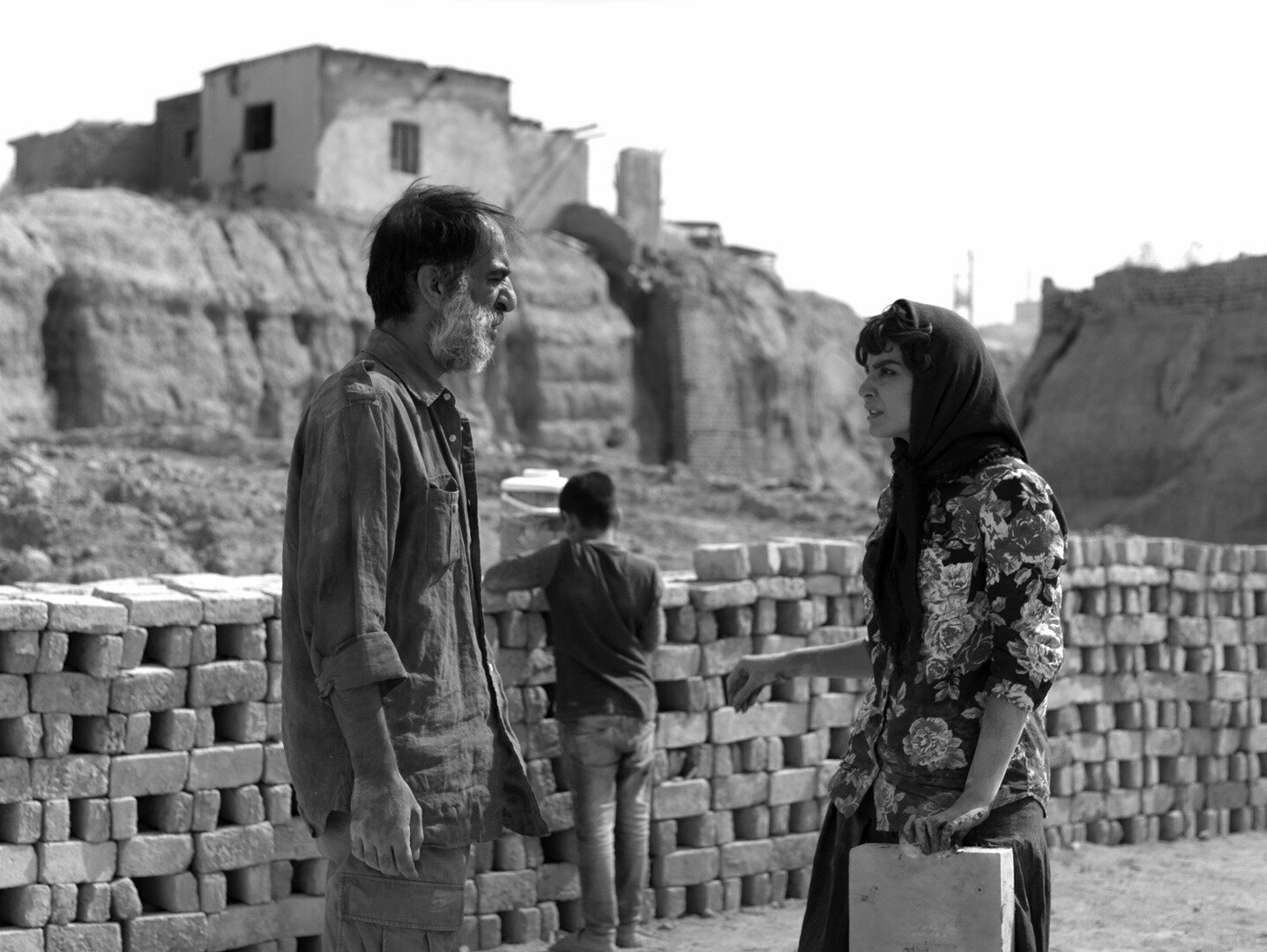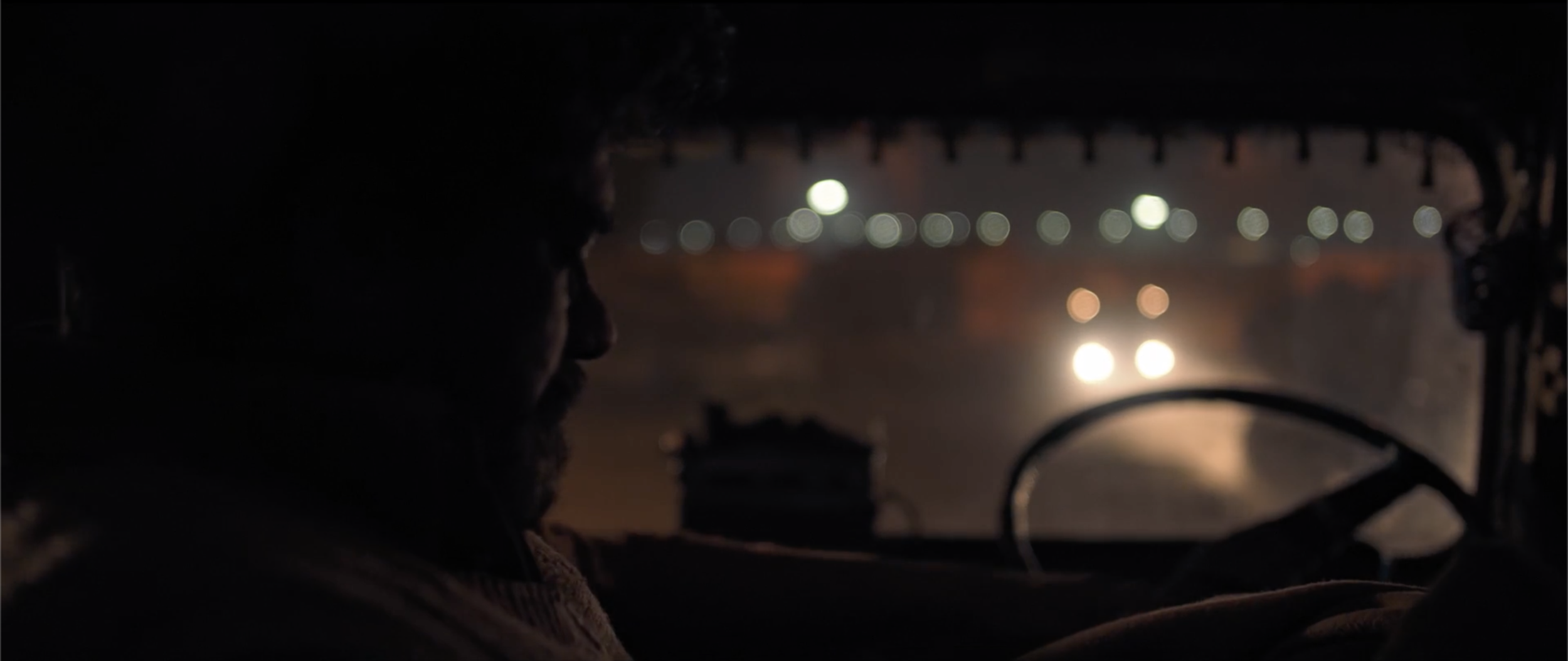Sight Directed by Hariom Mehta
Sight
Directed by Hariom Mehta
Starrings: Nilesh Brahmbhatt, Anand Savalia, Kumud Sukhadiya
Country: India
Year 2023
Review Author: Roberto Matteucci
Click Here for Italian Version
“The truth is not visible with closed eyes.”
Blindness enhances the remaining senses, due to the brain's neuroplasticity and behavioural adaptability.
It happened to Tiresias, a blind prophet of Greek mythology. Tiresias had a dispute with Hera and Zeus. The controversy had a dramatic outcome: Hera became enraged and blinded Tiresias. Zeus took pity, but he could not cancel the decisions of another deity, so he granted Tiresias the gift of foresight. A mythological metaphor. The blind can tap into enigmatic and irrational potentialities.
In the novel "The Blind Man's Will" by the Indian writer Rabindranath Tagore, the nameless blind protagonist is a perceptive person. He cannot see but he has a significant intuition about life and human beings. A quality born from his blindness. He uses his perception to punish the inhabitants of his village, due to their mediocrity, greed, and hypocrisy by writing a provocative will. This man is the instrument of revenge, a divine avenger.
The young and talented Indian filmmaker, Hariom Mehta explores these psychological and metaphorical themes through the dark eyes of a blind character in Sight. The film, going from festival to festival, has collected numerous awards.
It is Mehta’s second short film following the brilliant 90 Seconds. Sight has many elements in common, particularly the hero concept: from a child hero to a colossal blind one.
A shot a woman's hands. She is preparing the rotalo, an unleavened bread widespread in Northern India, Pakistan and other South Asian countries.
Sinuous fingers, adorned with massive rings, with impeccable nail polish. On the wrists, she has elegant bracelets. The same repeats but the bangles are few and she has only two rings left. In the third scene, the hands are tired. The rings are gone and there are just four tiny bangles. The ghee, a clarified butter, is about to run out. Fourth scene. The hands have become small and withered. She is no longer wearing accessories. The nail polish is neglected and the ghee is totally gone. The gestures are exhausting and suffering.
An emblematic opening, full of emotions. A powerful narrative, rich in feeling, is joined in a brief sequence. A rapid starting that outlines the tragic decline of a woman, presumably married. At the beginning, she is happy. Her hands worked the rotalo lively. Then something terrible happens. In the end, human defeat, a cruel treatment are clearly conveyed.
This parable of femininity is intuited through the off-screen sounds noise of broken plates and cookware banged brutally. Overhead detail shot: the woman's body is obscured both physically and intimately.
Key themes emerge immediately. A woman is in trouble. How to help her? What to do for her? Can one be indifferent?
The director responds by creating a hieratic, majestic figure. He is a good colossus. A mature, tall man with a beard. His silhouette stands out amidst the countless passers-by in the streets. However, he has a physical, symbolic malformation: he is blind. His eyes are immobile, yet this man can perceive human feelings. He is the deus ex machina. He is the avenging angel, the true defender of vulnerable people.
For the director, this is the mystical solution to the problem. Not judgment, not forgiveness, but revenge through sightless eyes. The protagonist of Sight is like Tiresias, like Tagore's blind man. Blindness can trigger heightened sensory perception.
Why must justice be interpreted by a blind man? Why does he alone understand the truth while the crowd remains indifferent to the crimes around them? Perhaps due to pettiness, fear, or ingrained habit. The blind man, however, has nothing left to lose.
Hariom Mehta's arguments are explicit: justice, violence against women and a blind society where uniquely blinds truly see.
These topics are profound from the first segment. The sequel is a manifestation of the dreams of people who love righteousness. The avenging angel has a fulminating expression; the spectator, unable to resist him, assigns the man a sacred grandeur.
“Who are you?” is the right question. Who is this blind man? Where does he come from?
He is a dignified, philosophizing, courageous and resolute person. He can distinguish good from evil. He is the justice's executor, not the executor of the law, that's the police's role. He is inflexible, immovable, magnificent eloquent but at the same time melancholic, and introspective. He arrives alone, and he disappears alone.
In one apartment, he hears a kettle whistling. In a different one, a baby cries. In another, the screams of a family's violent fight. A man beats his wife. Nobody sees. Nobody hears. It is an ideal environment for a blind man. He enters an unlit entrance hall of a building and climbs the stairs carefully.
The director builds the various phases with perfect linearity: character introduction, conflict, consequences, and a twist. The presentation is about the woman.
The plot pace is precise. The representation is in an essential black-and-white. He exploits the crowded city, with busy people on the sidewalks without a goal, and buildings inside which outrageous dramas occur.
Hariom Mehta is deeply aware of being able to guide the audience in the correct direction. Logically, the viewer identifies with the blind avenger. Nobody knows who he is, but he acts with heroic tension. Another Brechtian hero rises, echoing 90 Seconds. Once women can defend themselves, the blind hero man will no longer be needed.
Despite the differences, Sight shares some stylistic similarities with 90 Seconds. In 90 Seconds, the boy has large and beautiful eyes. The colour of the film fills the Indian urban spaces with joy. In Sight, the eyes are in the man's heart. The black-and-white, the chiaroscuro, and the slow pace of walking conceal the presence of suffering.
In the closure, justice is done. Justice, not the law. Close-up of the woman. A sly smile appears on her lips. No clemency.
The blind man comes out of the building. He is outside again, he twirls his head to observe the spectators, there is understanding. He walks. Around him are packed with women. He turns and simultaneously all the female figures turn towards the camera.
To fully succeed, the director used partial shots, with energetic editing, and subjects cut meticulously and deliberately.
Pacing and editing work together to build suspense. Even the music heightens the tension. The blind man knocks on the door of the apartment. The woman seen from behind opens it, and the man is backlit. Shot-reverse shot. Now she stands before him, but her face is hidden. Only her eyes, with a secret intensity, emerge from the shadows. Beyond the threshold, in the darkness, there is a male silhouette, he is eating. The wife's gaze has neither pain nor sadness nor tears but exclusively a desire to escape from her martyrdom.
His mission accomplished, the blind man goes out with his white cane, halting and uncertain. Good has triumphed over evil, and Hariom Mehta has a role in that victory.














The young and talented Indian director, Hariom Mehta, narrates psychological and metaphorical themes of society through the eyes of a blind character in the film Sight. The film, going from festival to festival, has collected numerous awards.